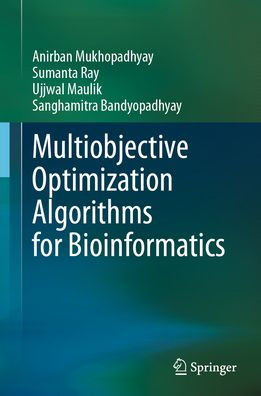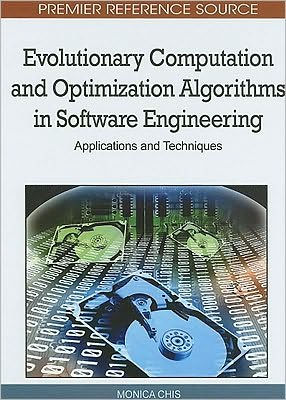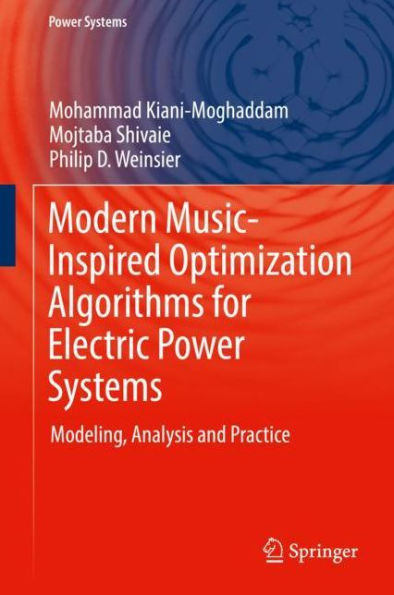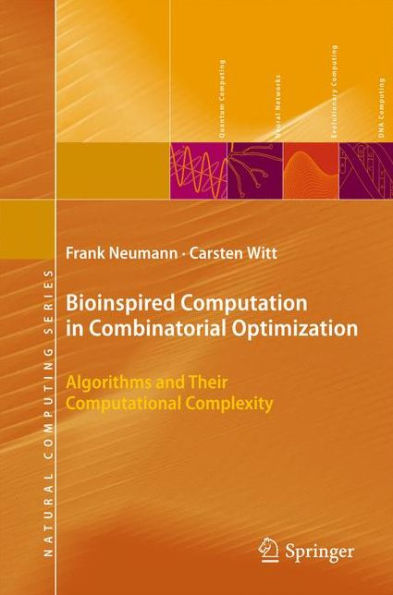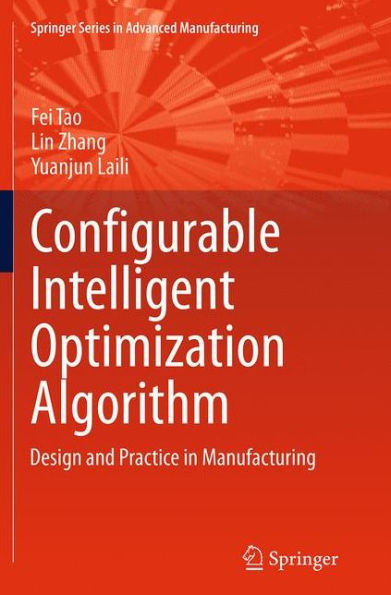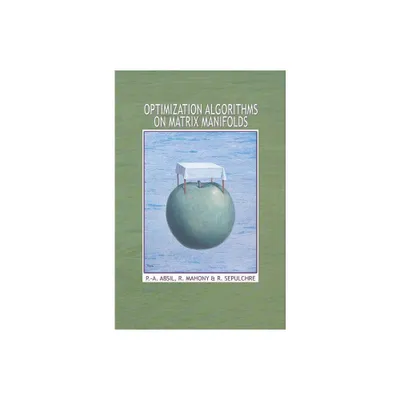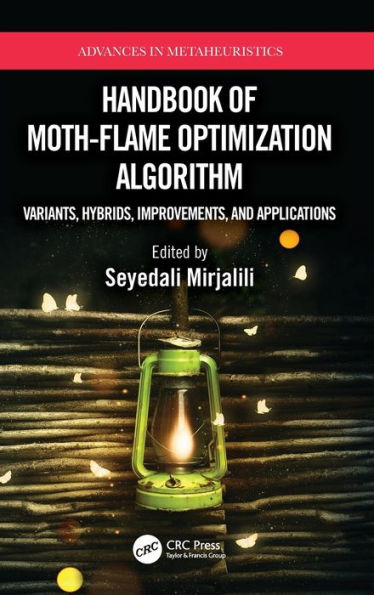Home
Optimization: Algorithms and Consistent Approximations
Loading Inventory...
Barnes and Noble
Optimization: Algorithms and Consistent Approximations
Current price: $329.99
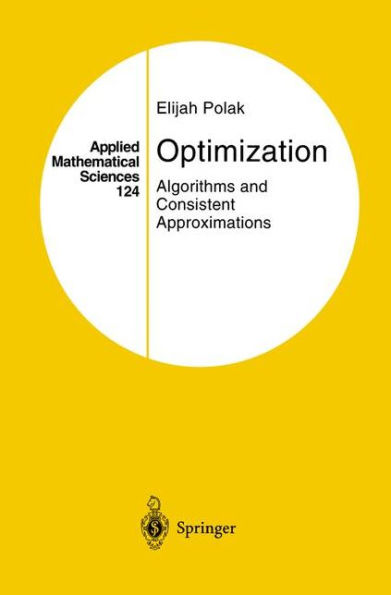

Barnes and Noble
Optimization: Algorithms and Consistent Approximations
Current price: $329.99
Loading Inventory...
Size: OS
*Product Information may vary - to confirm product availability, pricing, and additional information please contact Barnes and Noble
This book deals with optimality conditions, algorithms, and discretization techniques for nonlinear programming, semi-infinite optimization, and optimal control problems. The unifying thread in the presentation consists of an abstract theory, within which optimality conditions are expressed in the form of zeros of optimality junctions, algorithms are characterized by point-to-set iteration maps, and all the numerical approximations required in the solution of semi-infinite optimization and optimal control problems are treated within the context of con sistent approximations and algorithm implementation techniques. Traditionally, necessary optimality conditions for optimization problems are presented in Lagrange, F. John, or Karush-Kuhn-Tucker multiplier forms, with gradients used for smooth problems and subgradients for nonsmooth problems. We present these classical optimality conditions and show that they are satisfied at a point if and only if this point is a zero of an upper semicontinuous optimality junction. The use of optimality functions has several advantages. First, optimality functions can be used in an abstract study of optimization algorithms. Second, many optimization algorithms can be shown to use search directions that are obtained in evaluating optimality functions, thus establishing a clear relationship between optimality conditions and algorithms. Third, estab lishing optimality conditions for highly complex problems, such as optimal control problems with control and trajectory constraints, is much easier in terms of optimality functions than in the classical manner. In addition, the relationship between optimality conditions for finite-dimensional problems and semi-infinite optimization and optimal control problems becomestransparent.

